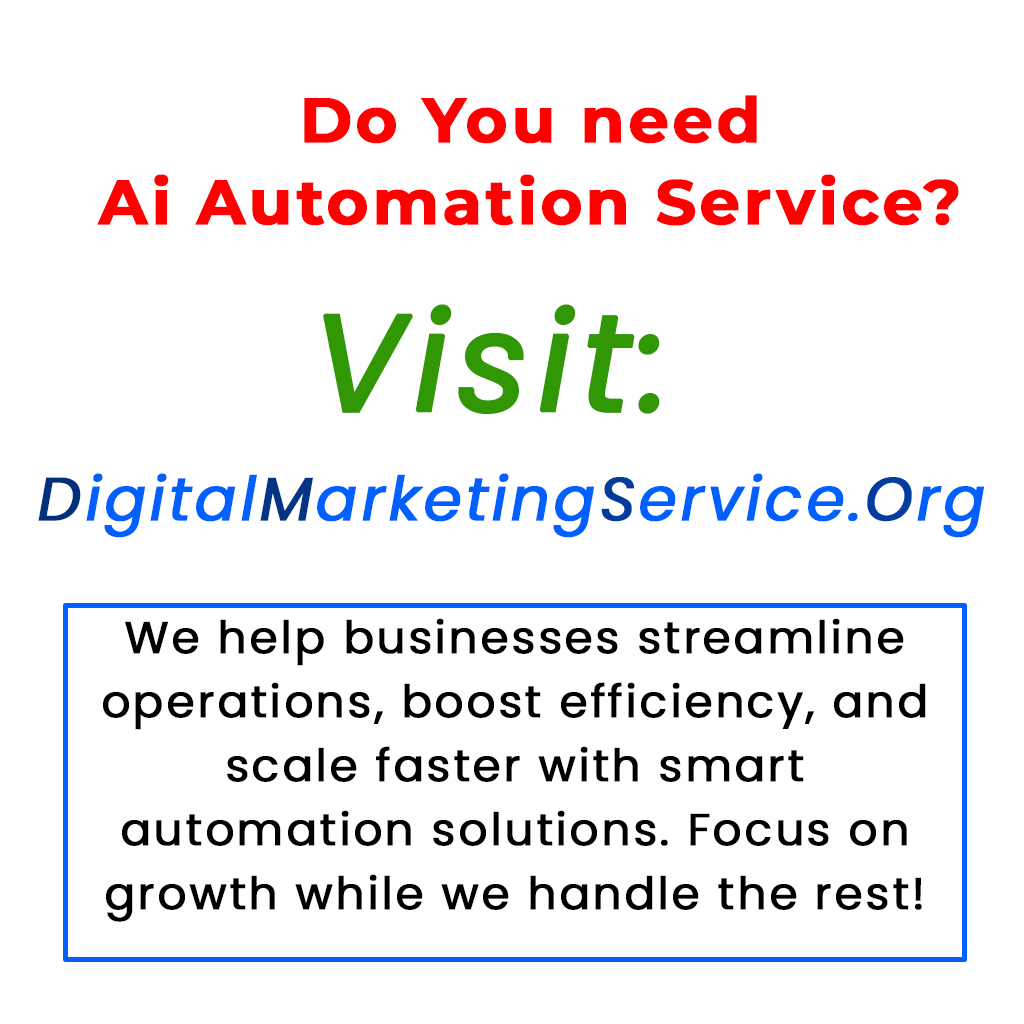This article delves into the vital role of actions in autonomous AI agents, distinguishing between UI-driven and API-driven interactions. It highlights how actions enable AI to engage with environments effectively, moving beyond simple responses to meaningful tasks. The piece compares several open-source frameworks like LangGraph, Microsoft AutoGen, and BabyAGI, showcasing their unique approaches to integrating actions and tools. Additionally, it discusses emerging trends in AI, such as reinforcement learning and multi-modal capabilities, enhancing agents’ efficiency and adaptability. The conclusion emphasizes the importance of structured action integration for the future of AI, paving the way for more autonomous and capable systems.
In the rapidly evolving field of artificial intelligence, understanding how AI interacts with its environment is crucial. Today, we explore the essential components of autonomous agents, focusing on two primary approaches: UI-driven interactions and API-driven interactions. These methods play a key role in how AI carries out tasks, making them fundamental to enhancing agent autonomy.
First, let’s differentiate between UI-based and API-based interactions. UI-based interactions involve the AI using an application’s user interface just as a human would. This means the AI clicks buttons and types into forms. This method is useful when there’s no direct programmatic access to the software. For instance, if a business application lacks a public API, a UI-based AI can still perform tasks by emulating a human user. However, it can be slower and more prone to errors if the interface changes.
On the other hand, API-based interactions allow the AI to call backend services directly. Instead of navigating through a user interface, the AI can request specific data or actions through APIs, making this method more efficient and reliable. Technologies like LangChain and AutoGen favor this method for its speed and structured approach.
Function calling is another significant aspect of modern AI systems. This capability allows large language models (LLMs) to invoke external functions or APIs seamlessly. For example, if you ask an AI for the weather, it can call a weather API instead of simply providing a text response. This function calling elevates the AI’s capabilities beyond just generating text to actively performing meaningful tasks in the real world.
Frameworks like LangGraph, AutoGen, and BabyAGI are emerging tools designed to facilitate these interactions. Each offers unique structures to support action execution, whether through multi-agent coordination, workflow visualization, or simple task automation.
As AI technologies continue to mature, the importance of structured action integration is clear. By effectively utilizing both UI and API interactions, these systems can achieve a remarkable level of autonomy. This evolution is essential for AI to tackle complex tasks with minimal human intervention, ultimately transforming how we interact with technology.
For those interested in diving deeper into the world of AI and agent interactions, several resources are available. Understanding the various frameworks and techniques will provide valuable insights into the future of autonomous AI systems.
Primary keywords: AI interactions, autonomous agents
Secondary keywords: UI-driven interactions, API-driven interactions, function calling, frameworks
What are AI agents?
AI agents are software programs that can perform tasks for you. They can use tools like user interfaces (UI) and application programming interfaces (API) to get things done quickly and efficiently.
How do AI agents use UI and API tools?
AI agents use UI tools to interact with websites like a human would. They can click buttons and fill forms. With API tools, they can communicate directly with other software applications to send and receive data.
What tasks can AI agents help with?
AI agents can help with a variety of tasks. This includes data entry, scheduling, sending emails, and even managing social media. They can save time and reduce errors in these processes.
Are AI agents easy to use?
Yes, AI agents are designed to be user-friendly. Many of them come with simple setups and require minimal technical expertise. You can usually start using them with just a few clicks.
Is my data safe when using AI agents?
Most reputable AI agents prioritize data security. They use encryption and follow best practices to protect your information. However, it’s always wise to read the privacy policy and understand how your data will be used.





